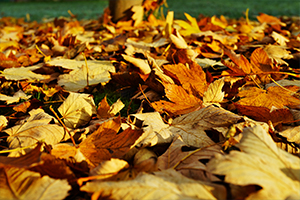
#1 Rake
Clear leaves to allow lawns to breathe and to check for signs of weeds and pest damage. You may also want first to mulch most of the leaves by mowing. Mowing will give the added bonus of fertilizing your lawn!
We have revamped our online store to make finding, selecting and buying ALGOplus products simpler than ever!
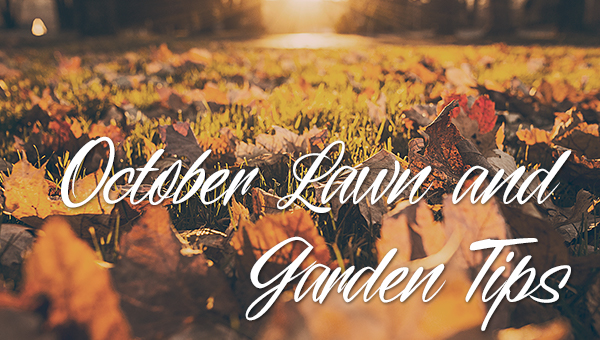

Clear leaves to allow lawns to breathe and to check for signs of weeds and pest damage. You may also want first to mulch most of the leaves by mowing. Mowing will give the added bonus of fertilizing your lawn!

Tidy beds by removing spent summer annuals, dig up any dead or dying plants or bulbs, cut back perennials before frost, remove dead leaves and any other debris from beds, lawn and landscaping. During this time also check the overall health of your existing plants by looking for signs of disease and damage.
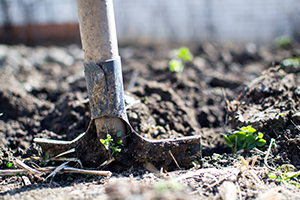
Good soil, full of organic matter, is not only essential to enable your plants to readily accept planting time at spring. In fact, it retains moisture, reducing the rate of evaporation. Mulch also helps to prevent moisture evaporation.
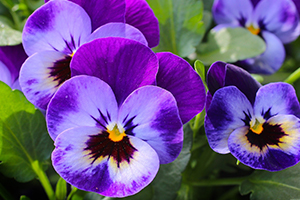
We're in luck, the soil is still warm! Plant spring-blooming bulbs, replace summer annuals with cool-weather annuals in window boxes and garden beds, and some deciduous shrubs can be planted during this month. If you lucky you may still get a few things in the vegetable garden too... check those seed packets!
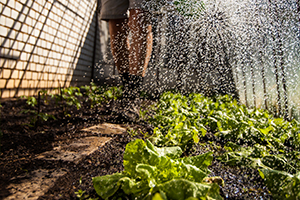
Healthy plants withstand better against cold weather. But if you anticipate a frost, apply at half your summer rate until after the last frost to prevent a flush of tender growth that can be damaged by the cold.
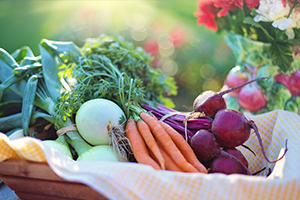
Continue to check your garden daily and harvest mature crops. Cole crops - such as broccoli, cabbage and cauliflower - and onions produce seed stalk called bolting which can be harvested and used for greens, but will no longer continue to mature.
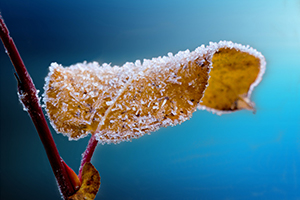
When should you start worrying about cold temperatures?
Pay close attention to nighttime forecast so you aren't caught off guard by frost. A frost occurs when the temperature drops between 28-32° F for a short time and a hard freeze occurs when temperatures fall below 28° F.
Most mature plants can survive a light frost with a little protection, but anything below 25° F will kill most vegetation. Be prepared early and have all covers in place before sunset.
Row Covers: for use on tender seedlings and transplants.
Frost cloths: Drape bed sheets, drop cloths, or blankets over all other plants loosely to allow air circulation. Use stakes to keep materials from touching plants to avoid foliage damage.
A thorough watering to the plants (except around succulents) before sundown will also help hold heat around plant roots better than dry soil.
Remove all covers by mid-morning or after frost passes.
Always be sure to check your seed packets and North America's USDA plant hardiness zones map for your specific zone when planning, selecting and planting garden plants.
Even with recommendations, unexpected early frost may damage plants, stunting growth or killing the plants all together. If frost or freeze warnings threaten your garden, be sure to take necessary precautions to protect your plants.